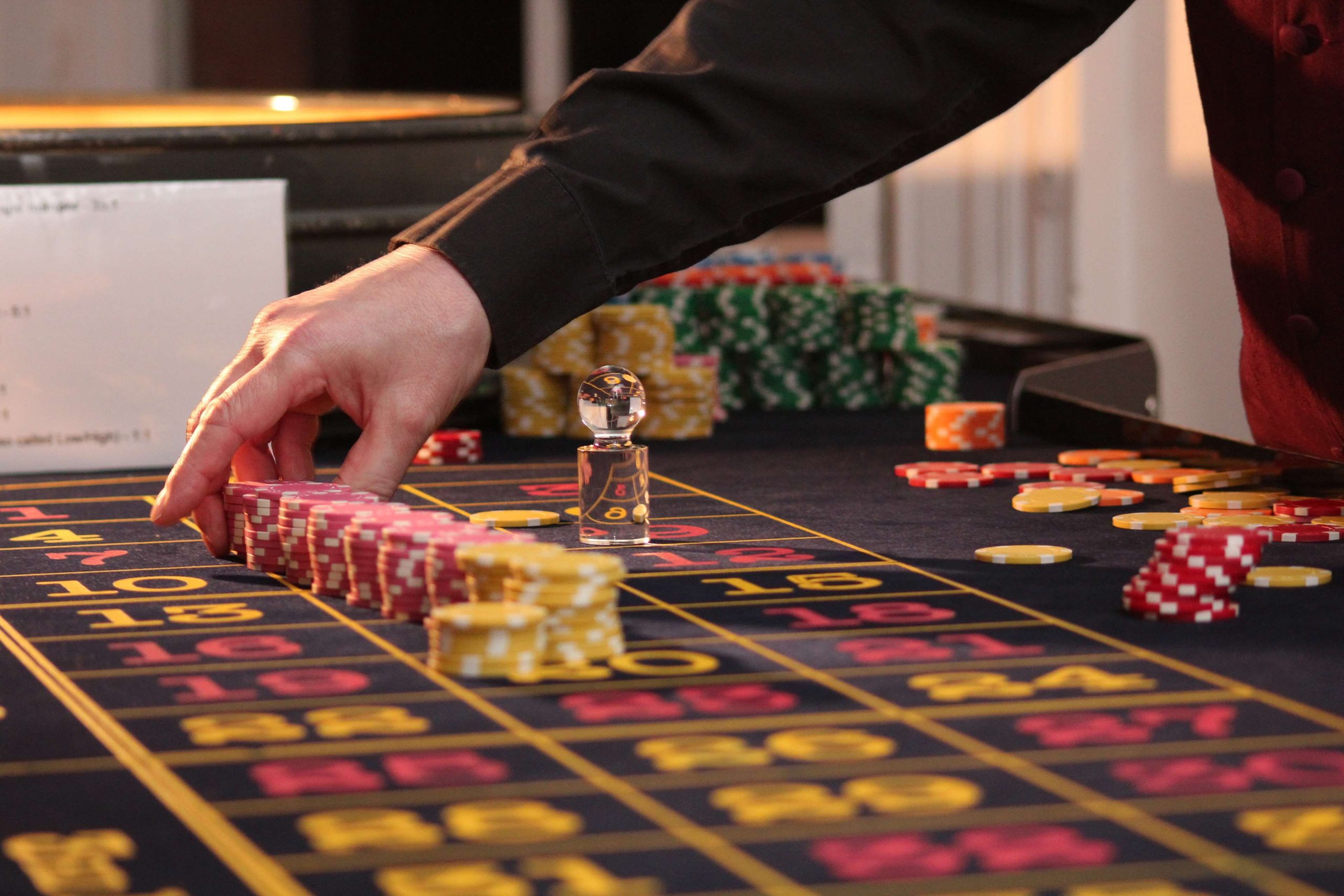
In the world of poker, players are constantly seeking an edge over their opponents. While mastering the strategies and mathematics of the game is essential, understanding and interpreting poker tells can provide valuable insights into an opponent’s hand strength and intentions. Poker tells are subtle physical or behavioral cues that players exhibit, often unconsciously, during a game. This article will delve into the fascinating world of poker tells, exploring their significance and how to interpret them effectively.
Facial Expressions and Body Language
Facial expressions and body language are crucial aspects of poker tells. Observing an opponent’s face and body can provide valuable information about the strength of their hand or their reaction to the community cards. Some common tells include:
- Eyes. Often referred to as ‘windows to the soul’, the eyes can be particularly revealing. Players who maintain unwavering eye contact might be bluffing, while those who quickly look away could be indicating nervousness.
- Hands. A shaking hand can signify excitement, but it can also mean nervousness. Observing how a player handles chips can give away their confidence level.
- Posture. Slouching can be a sign of disappointment or defeat, while sitting up straight can indicate confidence or a strong hand.
- Breathing Pattern. Rapid breathing might indicate stress or excitement. Conversely, someone holding their breath might be trying to mask their emotions.
It is important to note that poker tells should be used as part of a broader strategy and not relied upon as the sole basis for decision-making.
Bet Sizing and Timing
Every player, consciously or not, falls into specific behavioral patterns as they play. Recognizing these rhythms can offer invaluable insights.
- Quick Bets. A rapid bet often indicates a strong hand, as players may be eager to capitalize on their advantage.
- Delayed Bets. Conversely, a long pause before betting may indicate a weaker hand, as a player contemplates whether to continue in the hand.
- Overbetting. A significantly larger bet than the pot size could signal a bluff or an attempt to intimidate opponents.
| Behavioral Cue | Potential Meaning |
|---|---|
| Quick to Call | Possibly a weak hand; might be a bluff. |
| Hesitation Before Raising | Indecision. Could have a strong hand. |
| Aggressive Betting | Confidence, but could also be overcompensation for a weak hand. |
| Frequent Checks | Lack of confidence in the hand |
Analyzing bet sizing and timing requires careful observation and an understanding of a player’s typical betting patterns.
Verbal Cues
Verbal cues, including speech patterns, tone of voice, and specific words or phrases, can provide valuable information about a player’s state of mind and hand strength. Consider the following:
- Tone. A trembling voice may betray anxiety, whereas a firm and clear tone might signify confidence.
- Pace. Rapid speech can be a sign of nervousness, while deliberate, slow speech might be an attempt to appear calm.
- Repetitive phrases. Players often develop verbal ticks or use certain phrases when bluffing or when they have a strong hand.
- Silence. An abrupt silence can indicate a change in strategy or uncertainty about the next move.
It is important to note that some players may intentionally use verbal cues as part of their strategy, so careful analysis is crucial.
Strategies to Mask Tells
Seasoned players are aware of their tells and often employ strategies to mask them. Some might wear sunglasses or hats to cover their eyes, maintain a consistent demeanor, or deliberately provide misleading tells. Being aware of these masking techniques is just as crucial as recognizing genuine tells.
Poker tells offer valuable insights into an opponent’s hand strength and intentions. By observing facial expressions, body language, bet sizing, timing, and verbal cues, players can gain a competitive advantage at the table. However, it is important to remember that poker tells are not foolproof and should be used in conjunction with a solid understanding of poker strategy and mathematics. Developing the skill to accurately interpret poker tells takes practice and experience. By honing this ability, players can make more informed decisions and enhance their overall success in the game.

